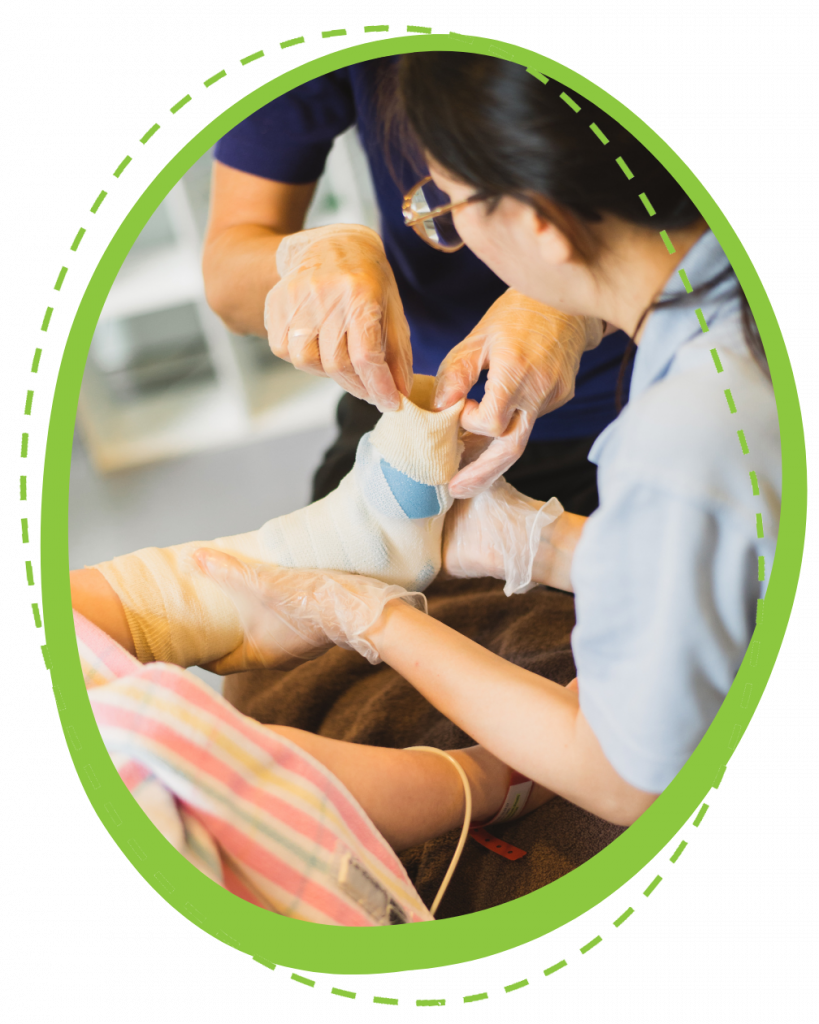Helping Your Child Prevent and Manage Muscle Contractures
- Ruby Wong
- Blog, Physiotherapy, Therapy, Tips
What can I do to help my child to manage or prevent muscle contracture?
Learn how to help manage or prevent muscle contractures with early signs, physiotherapy strategies, and at-home support tips.
What is a contracture
A muscle contracture happens when muscles and the surrounding tendons and fascia (the thin connective tissue that helps to support every structure in our body), shorten and stiffen. This changes the structure of the muscles and join capsules which results in a reduced range of movement.
Why is it a concern?
The impact of a muscle contracture depends on which muscles and joints are affected. Tight and stiff joints can make it harder or impossible to do things like stand, walk and move your body the way you want to. It can also make personal hygiene and getting dressed more difficult. Additionally, over time muscle contractures increase the risk of pressure injuries and skin breakdown. All of these reduce someone’s quality of life and their ability to do the things they want to do.
This is why prevention, early detection and timely intervention are key!
What are the early signs of contracture?
- Increased difficulty moving joints through their usual range of motion or reduced range of motion
- Joint pain
- Stiffness
How can physiotherapy help with contracture?

Physiotherapy can help with prevention, early diagnosis and management of muscle contractures by using the following strategies:
- Casting and splinting – these provide prolonged stretches that can help with maintaining range of motion (Read more about serial casting here – napacenter.org/serial-casting)
- Electrical muscle stimulation
- Muscle strengthening
- Developing a personalised plan to reduce the risk of muscle contracture. This might include:
- Frequent repositioning plan
- Encouraging active movement
- Parent/carer/staff coaching
- Pain management
We understand that there isn’t a lot of strong evidence about the best way to treat contractures, and that contractures can happen for many different reasons.
Physiotherapy helps by strengthen muscles, helping people keep moving and staying independent and slowing down how quickly contractures get worse. We are committed to stay updated to the current research and discuss the best option for all our clients


